Study Reveals How School Type Influences Higher Education Outcomes
Study Reveals How School Type Influences Higher Education Outcomes
Access to Higher Education always remains unequal and challenging when it comes to University admissions and entry into Top universities. Recent research by Jo Blanden, Oliver Cassagneau-Francis, Lindsey Macmillan, and Gill Wyness emphasises that how students' school learnings, backgrounds and achievements, whether from private colleges, grammar schools or non-selective state schools, can shape the university courses they attend. Their findings reveal a complex picture of academic performance, confidence, and social advantage, where students from elite schools often secure places on more competitive courses than their grades alone would suggest. This mismatch between ability and university destination raises important questions about fairness, aspiration, and the role of Education Policy in promoting genuine social mobility.
While academic achievement is fundamental in defining university destinations, the research indicates that attendance at a particular type of school, i.e., a private college, grammar school, or non-selective state school, can influence one's likelihood of gaining entry to high-ranking UK Universities substantially. This is significant from an Education Policy and improving Education and Social Mobility standpoint. It was noted that grammar school students and those from private fee-paying schools are over-represented on elite university courses. Although these students comprise only 7 per cent of the age 16 student population, they dominate most high-status careers. Over-representation is not entirely explained by higher exam performance. Rather, these schools seem to provide a more extensive package of support, increased academic preparation, individualised guidance on future pathways, and access to social capital, which, in aggregate, enhances students' outcomes in the University Application Process.
Grammar schools, being state-funded, also offer advantages through their selectivity and rigorous academic standards. Together, these top institutions determine who becomes eligible for top university courses and, by default, who advances in life and career. The researchers used a "mismatch" model to measure whether students take university classes based on their intellectual capacity. In the ideal scenario, high-performing students are supposed to take highly ranked classes. Yet, it was discovered that most students, especially those from underprivileged backgrounds, find themselves at less selective colleges than their grades would indicate. This is called "undermatch." On the other hand, "overmatch" refers to the situation where students take more selective classes than indicated by their performance.
The research found that students attending private schools were far more likely to overmatch and less likely to undermatch than those attending non-selective state schools or further education (FE) colleges. This trend occurred right across the attainment spectrum, not only for high-achievers. Indeed, the widest differences were between students in the lower half of the attainment range. For example, private school pupils between the 30th and 50th percentile of age 18 academic attainment were taking university lectures graded up to 15 percentiles above those attending state schools. Surprisingly, the advantage that grammar school students enjoyed seemed to be rooted primarily in their high GCSE performance. When academic performance was controlled for, grammar school students were just like students from other state schools in terms of a match to university courses. Yet private school students still participated in higher-ranked courses when their academic attainment was the same as that of similar peers from other types of schools.
The study also examined the impact of the application strategies of students on university outcomes. In the UK, students apply for universities using the UCAS system, making a maximum of five choices. It was revealed that students from private schools are more aspirational, applying for "reach" or "matched" courses and staying away from "safety" courses. State school and FE college students were risk-averse, frequently applying to undermatched courses for three or more out of their five choices. This strategic difference could result from differences in confidence and economic security. Private school students, with more robust financial safety nets and greater stocks of social capital, might be more inclined to take risks. Their networks and connections also support a culture of aspiration and risk-taking decision-making. In contrast, less affluent students might not have the same confidence or advisory support, so they make less ambitious, more cautious choices.
These results raise significant questions for policy-makers and the broader School of Education community. If access to Top Universities is not determined by academic achievement alone, but by school type and application behaviour, then widening participation initiatives need to start earlier in the educational pipeline. Simply concentrating on university entry is insufficient; consideration should also be given to how students are advised in terms of making choices, how assured they feel in reaching for the high, and what knowledge they have of their possibilities. Ensuring all students, whatever their background, are clear about the University Application Process, feel confident to apply for competitive courses, and have access to advice of high quality is critical. Reducing these inequalities might release talent potential and both enhance fairness and efficiency in Higher Education. The study emphasises the necessity for an enhanced and more informed form of university access. Elite Schools and Access to first-rate courses continue to be tightly interconnected, yet through strategic interventions and improved support, the sector can take steps towards a future where opportunity is defined by ability, not origin.
Editor’s Note:
This study provides a sobering glimpse into the extent to which Higher Education access is determined, not only by grades, but also by the school that a student attends. It verifies what many have long believed: pupils from private schools and grammar schools have greater access to Top Universities, even if their grades are no higher than those of students who go to non-selective state schools. Students at private schools receive more than excellent teaching; they are given personalised guidance, more robust contacts, and the assurance to reach for the best. Students from underprivileged backgrounds, frequently no less able, apply with more trepidation and find themselves at lower-tariff institutions. To genuinely improve education and social mobility, interventions must begin earlier. This requires enhanced and clearer guidance, alongside a greater focus on fostering aspirations across all types of schools. The university application process should prioritise ability, potential, and fairness, rather than unduly favouring risk-taking. Elite Schools and access to the best courses are intimately connected. That connection needs to be broken.
Skoobuzz emphasises that achieving equity in UK Universities requires providing all students, regardless of background, with the necessary tools, motivation, and support to reach their full potential. This report serves as a direct call to action, and the critical question now is whether the sector is ready to answer.
FAQs
1. Why are private school students over-represented at top universities?
Private school students are over-represented because they often receive more support, better advice, and have access to strong networks. These schools help students aim higher, apply with confidence, and choose competitive courses. Even when their grades are similar to others, they tend to get into more selective universities because of this extra preparation and social advantage.
2. How does school background affect university admissions?
The type of school a student attends can shape how they apply and where they end up. Students from private and grammar schools are more likely to apply to top universities and competitive courses. Those from non-selective state schools or colleges may be more cautious, even if they have good grades. This means some students don’t reach their full potential simply because of the school environment and the advice they receive.
3. What are the impacts of grammar schools on higher education access?
Grammar schools help students get into good universities mainly because of their strong academic results. These schools are selective and focus on high achievement, which gives their students an edge in admissions. However, once grades are taken into account, grammar school students perform similarly to those from other state schools in terms of university course match.
4. What is being done to improve access to elite universities for state school students?
Efforts are being made to widen participation by offering better guidance, outreach programmes, and support during the application process. Some universities are working with schools to raise aspirations and help students understand their options. There is also a push to make admissions fairer by looking beyond grades and considering background and potential.
5. Do private universities offer better chances of admission?
In the UK, most top universities are public, not private. Private universities may offer different types of courses or entry routes, but they are not necessarily easier to get into. What matters more is the course, the university’s reputation, and how well a student’s qualifications match the entry requirements.







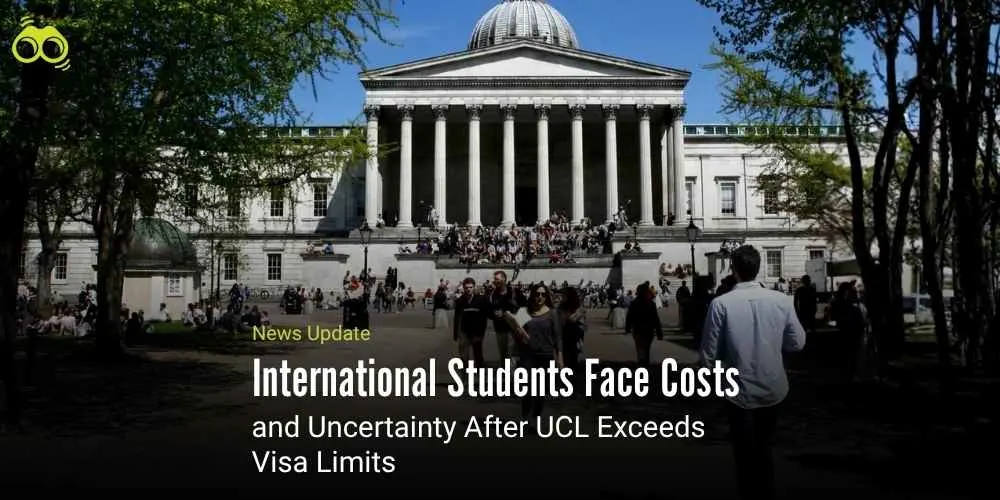
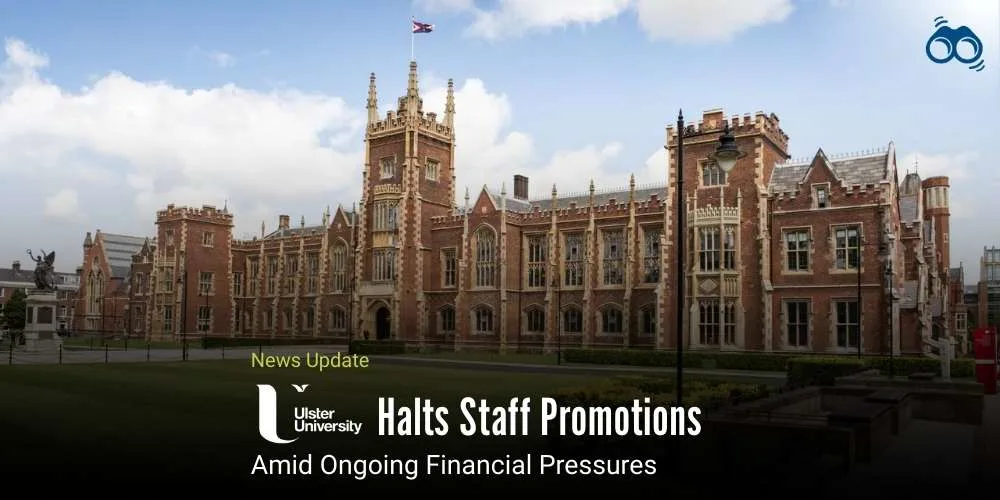
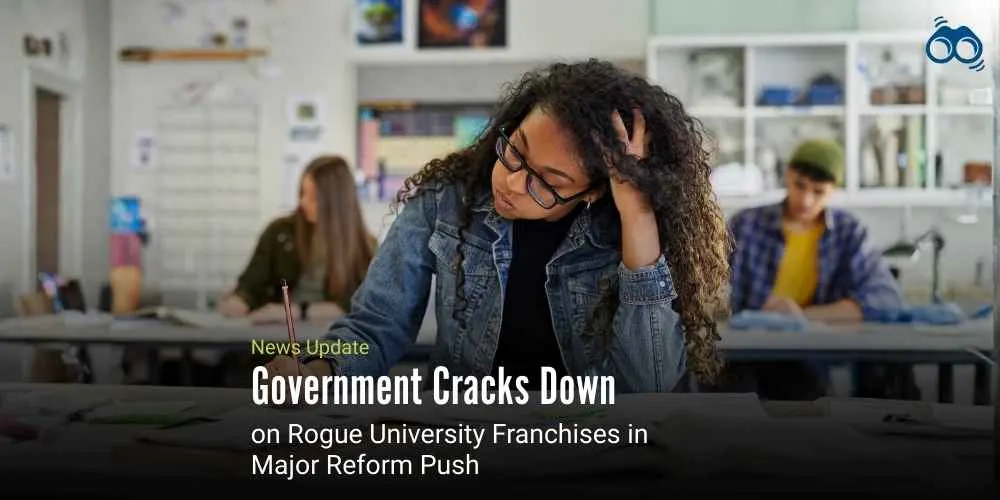
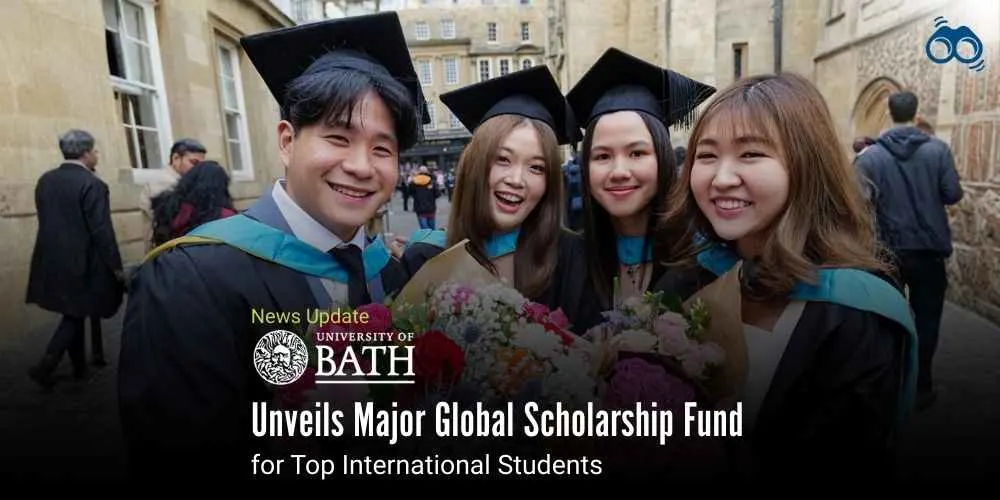
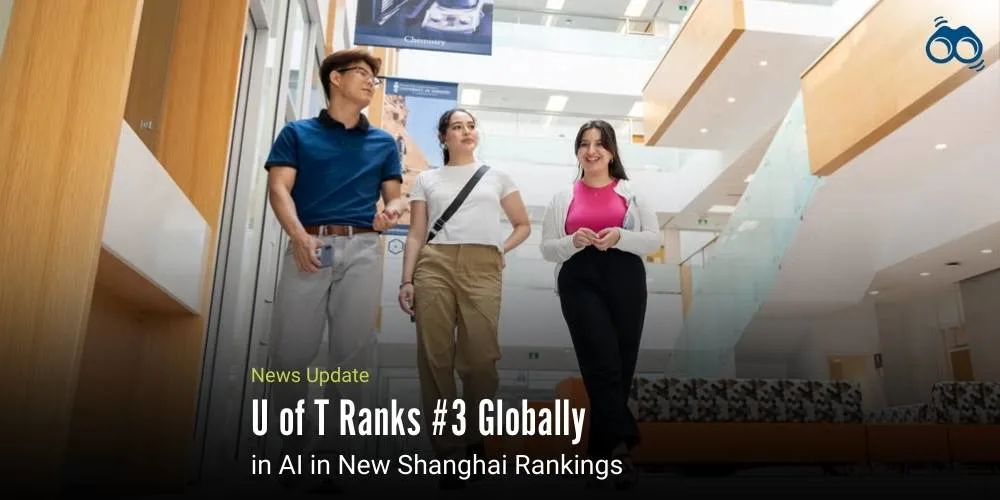
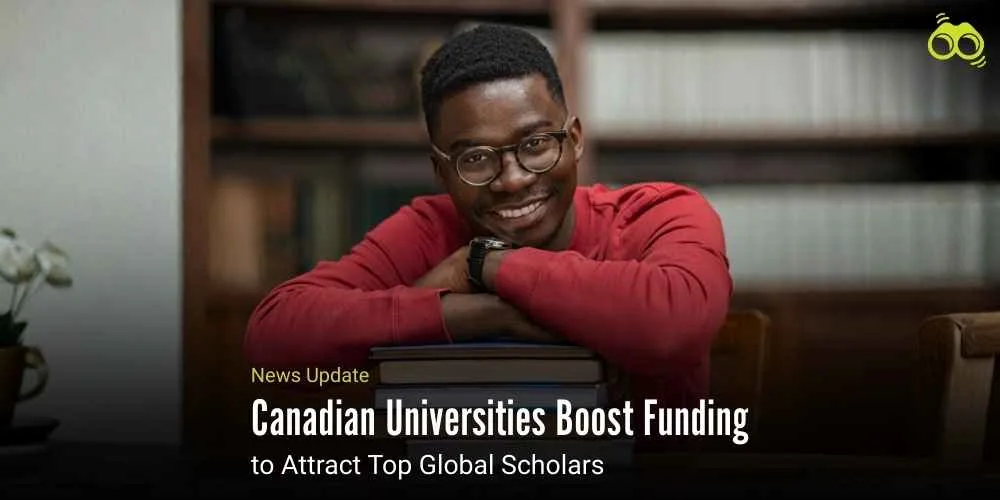

0 Comments (Please Login To Continue)